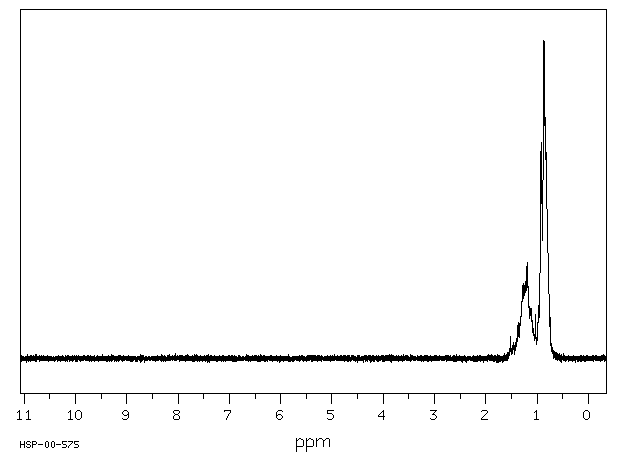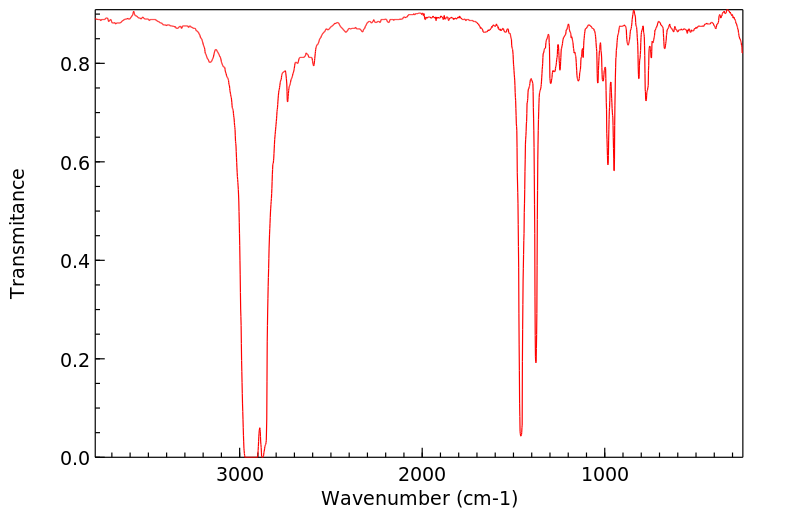代谢
在5家鞋厂的工作场所对商业正己烷(正己烷、2-甲基戊烷和3-甲基戊烷)的环境暴露进行了测试,通过在下午班次采取3个抓空气样本。个人暴露范围分别为正己烷32-500毫克/立方米,2-甲基戊烷11-250毫克/立方米,3-甲基戊烷10-204毫克/立方米。在工作班次结束时测量了41名工人的尿液中商业正己烷的代谢物。发现了2-己醇、2,5-己二酮、2,5-二甲基呋喃和γ-戊内酯作为正己烷的代谢物,以及2-甲基-2-戊醇作为2-甲基戊烷和3-甲基戊烷的代谢物。尿液中代谢物的存在与2-己醇和2,5-己二酮的阳性相关性高于2,5-二甲基呋喃和γ-戊内酯。总正己烷代谢物与正己烷暴露之间发现了良好的相关性。尿液排出正己烷代谢物可能用于监测职业暴露于正己烷及其同分异构体。
Environmental exposure to commercial hexane (n-hexane, 2-methylpentane, and 3-methylpentane) was tested in several work places in 5 shoe factories by taking 3 grab-air samples during the afternoon shift. Individual exposure ranges were 32-500 mg/cu m for n-hexane, 11-250 mg/cu m for 2-methylpentane and 10-204 mg/cu m 3-methylpentane. The metabolites of commercial hexane in the urine of 41 workers were measured at the end of the work shift. 2-Hexanol, 2,5-hexanedione, 2,5-dimethylfuran and gamma-valerolactone were found as n-hexane metabolites and 2-methyl-2-pentanol as 2-methylpentane and 3-methylpentane metabolites. The presence of metabolites in the urine was correlated more positively with 2-hexanol and 2,5-hexanedione than with 2,5-dimethylfuran and gamma-valerolactone. A good correlation was found between total n-hexane metabolites and n-hexane exposure. Urinary excretion of hexane metabolites may be used for monitoring occupational exposure to n-hexane and its isomers.
来源:Hazardous Substances Data Bank (HSDB)










